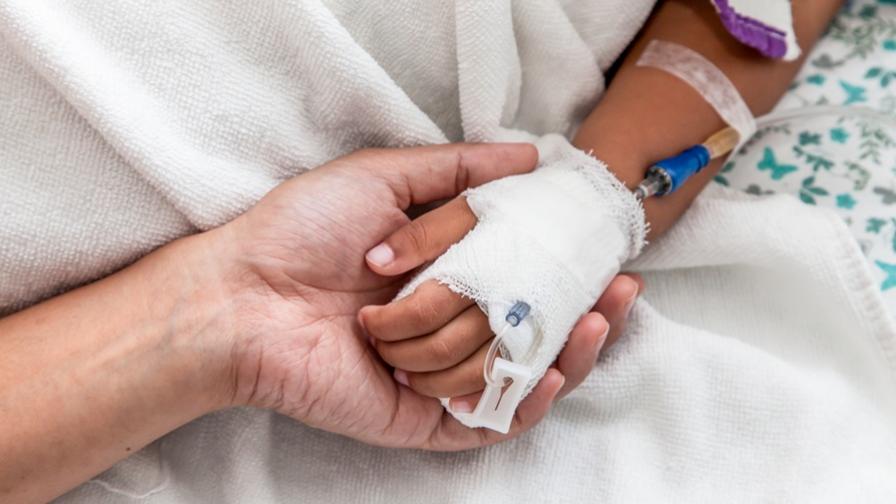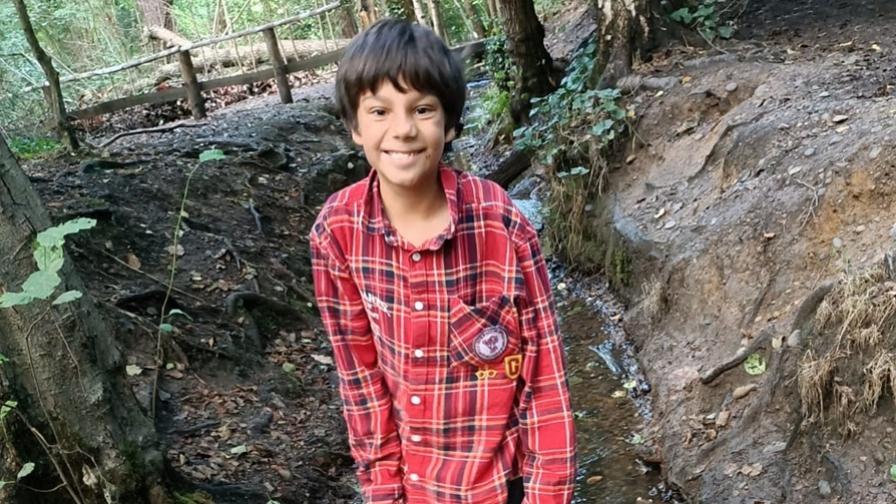
Congenital dyserythropoietic anaemia type 1 (CDA-1) affects the development of red blood cells and is usually diagnosed in childhood. It can cause weakness, shortness of breath and headaches, as well as organ damage leading to heart failure, diabetes and liver disease.
Treatments involve blood transfusions or twice-weekly injections with interferon. However, both can cause side effects. Long-term interferon treatment can also cause depressive illness and serious auto-immune diseases. In addition, it is not effective for all patients, leaving many with no therapeutic option other than transfusion.
With Action funding, Dr Chris Babbs and his team at the University of Oxford studied the underlying cellular activity that causes this disease. They identified new biomarkers, meaning children can now be diagnosed more quickly and easily, reducing reliance on painful, invasive bone marrow tests. These biomarkers could also help lead to the discovery of new and improved treatments.
The team also studied interferon treatment. Little was known about its use, side effects and dosage for treating children. This is of great concern to families. The researchers have now created a universal reporting system for interferon treatment for CDA-1. This is accessible to patients, clinicians and families, and is improving how children are treated. They also shed light on how red blood cells respond to treatment with interferon ‒ the positive effects are long-lived and persist for several weeks after treatment has stopped, suggesting that giving lower doses may produce similar benefits, with fewer side effects.
Dr Babbs said: “The funding from Action Medical Research has bridged an important gap in understanding CDA-1. We have made exciting headway, and we are now able to access further funding and move closer to finding a novel therapy for anaemia.”
We would not have been able to do this without the grant from Action. Receiving this funding was an amazing boost for this area, where there is great unmet clinical need”
Helping children like Robi
Robi, pictured below, was diagnosed with CDA-1 when he was nine months old, following a bone marrow biopsy. He has been treated with blood transfusions or interferon injections his whole life. At times he has had to switch treatments due to their side effects.
His mum, Resina, says: “The fact that this research could lead to new and improved treatment gives us a lot of hope and could have a positive impact for Robi. We are very grateful for this research to learn more about this very rare condition and how it may be treated.”
This research was supported by a generous legacy gift from Joyce Edmunds.

